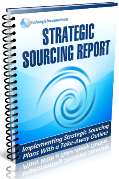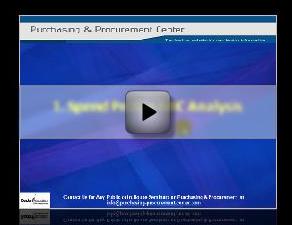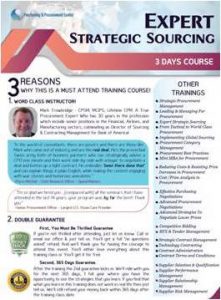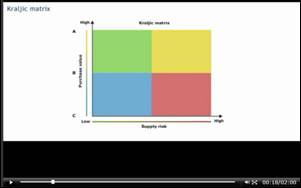Low Cost Country Sourcing: 7 Tips to Get it Right!
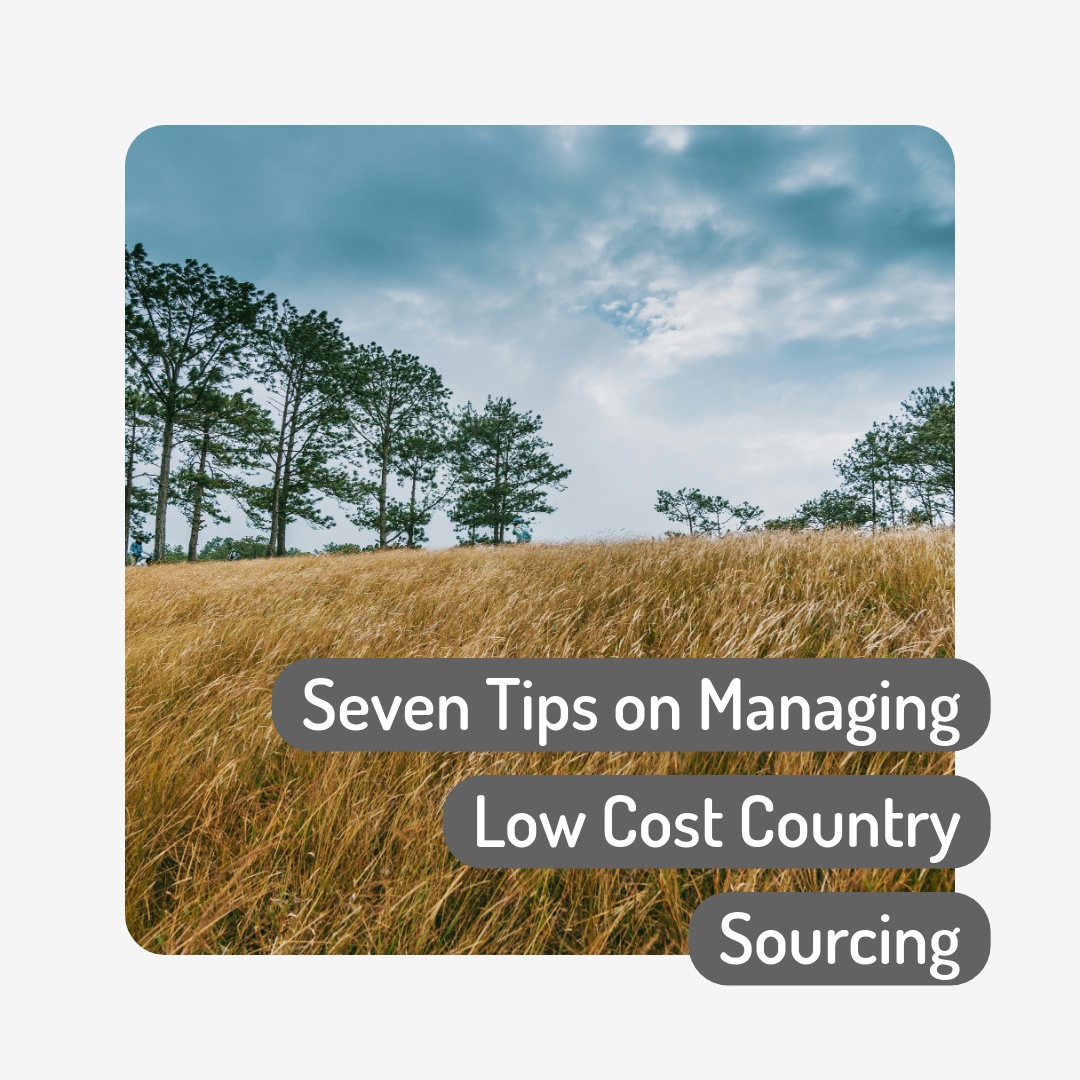
Low cost country sourcing or LCCS is the process in which supplies are moved from a low cost country by a business located in some other country where the costs are comparatively higher.
For example, when a firm located in the United States gets its raw materials from a Central American company instead of a costlier US company, then the US firm would be said to be doing low cost country sourcing.
Here are 7 tips to help you master LCCS and make your procurement process a roaring success.
You Might Also Like: Procurement Savings: 15 Tips To Increase Procurement Savings
Tip 1. Understand the tariff and tax structures involved:
Low cost countries may or may not prove to be a net gain depending on the level of export taxation in the source country and tariff levels in the importing country.
Tariffs and taxes can significantly impact the cost-effectiveness of sourcing from low-cost countries. Understanding the export taxation in the source country and import tariffs in your own country is crucial.
Key Considerations:
- Export Taxes: Some countries impose high export taxes on certain goods, which can erode the cost advantage.
- Import Tariffs: High import tariffs in your country can negate savings from lower production costs.
- Trade Agreements: Research any trade agreements or tariffs that might apply. For example, free trade agreements can reduce or eliminate tariffs on goods imported from certain countries.
Tip 2. Do a real transportation cost analysis:
While ship transport is a fairly economical method, the overall cost analysis of low cost country sourcing and domestic sourcing is critical to the overall cost equation.
Factors to Analyze:
- Shipping Methods: Consider the cost and time of different shipping methods (e.g., sea freight, air freight).
- Fuel Surcharges: Keep an eye on fluctuating fuel prices that can impact shipping costs.
- Handling Fees: Include costs related to loading, unloading, and customs clearance.
- Transit Time: Longer transit times can tie up inventory and cash flow, affecting overall costs.
Read More: Cost Effective vs Cost Efficient: How to Practically Build Cost Savings in Procurement
Tip 3. Consider the EOQ delta based on potentially longer lead time:
Even if tariffs and transportation cost do not negate the advantage of low cost country sourcing, the effect of longer lead times on Economic Ordering Quantity or the need to increase the level of Safety Stock in the consumption country may create a zero-sum gain environment.
Key Points:
- Lead Time Impact: Longer lead times require higher inventory levels to prevent stock-outs, increasing holding costs.
- Safety Stock: You may need to increase safety stock to buffer against delays, which can offset cost savings.
- Cash Flow: Higher inventory levels tie up capital, impacting your cash flow and financial flexibility.
Tip 4. Determine the importance of quality control to business outcomes:
Frequently, companies find they must accept a lower quality product or invest in significant inspection resources at the point of product receipt. This can overwhelm the savings provided by a low cost point of origin.
Quality control is particularly crucial when sourcing from low-cost countries. Poor quality can overwhelm cost savings and affect your business outcomes.
Quality Control Strategies:
- Set Clear Standards: Define and communicate your quality standards to suppliers.
- Regular Inspections: Conduct regular on-site inspections to ensure compliance.
- Third-Party Audits: Use independent auditors to assess product quality and factory conditions.
- Invest in Quality Assurance: Sometimes investing in additional quality control resources at the point of receipt is necessary to maintain standards.
Tip 5. Calculate potential cost if supplier fails to meet Level of Service:
For companies engaging in Just In Time (JIT) methods of supply chain management, low cost country sourcing of critical components is generally not an option.
For companies using Just In Time (JIT) supply chain methods, delays in delivery can be costly and disruptive.
Service Level Considerations:
- Production Delays: Delays can halt production lines, costing more than the savings from low-cost sourcing.
- Supplier Reliability: Assess the reliability and track record of suppliers in meeting delivery timelines.
- Contingency Plans: Develop contingency plans to mitigate the impact of delays, such as alternate suppliers or buffer inventory.
Tip 6. Research risk of political instability in the region:
Political unrest, both internal and external, can halt supply lines. From the pirates in Somalia to airport closures due to terrorist threats in the EU, political instability in countries with low cost materials and labor can play havoc with your supply chain.
In short, political instability can significantly disrupt supply chains, making it crucial to assess the political climate of potential sourcing countries.
Risk Factors:
- Internal Unrest: Protests, strikes, and political instability can halt production and transportation.
- External Threats: External conflicts, such as trade wars or regional conflicts, can affect supply lines.
- Natural Disasters: Consider the risk of natural disasters, which can also disrupt supply chains.
Tip 7. Forecast cost of having direct or indirect suppliers:
Procurement managers need to honestly evaluate the layers of monitoring, mentorship, and auditing needed on their low cost country sourcing versus domestic sourcing.
Monitoring suppliers in low-cost countries often requires more resources compared to domestic sourcing.
Monitoring Costs:
- Site Visits: Frequent site visits for inspections and relationship building can be costly.
- Audits: Regular audits to ensure compliance with quality and ethical standards.
- Technology: Invest in technology for remote monitoring and communication.
- Management Time: Increased time and effort from your procurement team to manage these relationships.
Master Low Cost Country Sourcing!
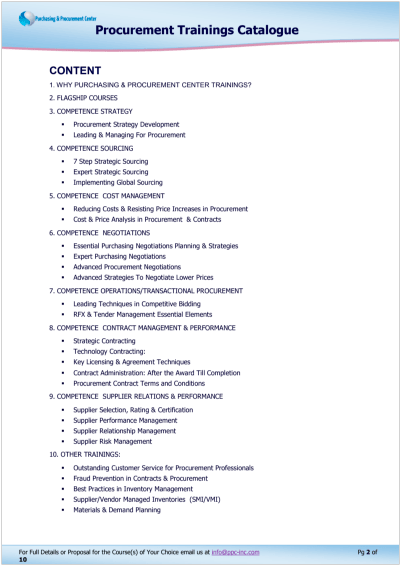
Low Cost Country Sourcing can be a very effective strategy to reduce costs and improve competitiveness. However, it does require careful planning, robust processes, and a keen eye for detail.
At the Purchasing and Procurement Center, we offer comprehensive certifications and workshops tailored to help you navigate the complexities of global sourcing.
Interested in mastering Low Cost Sourcing Sourcing? Check out this Training Catalog With 30 Plus Procurement Training Programs that Cover Over 95% of Procurement Skills and Competences!
Return from Low Cost Country Sourcing to Definition of Sourcing
Return from Low Cost Country Sourcing to Purchasing Procurement Center Homepage
Frequently Asked Questions (FAQs)
Q1. What is Low Cost Country Sourcing (LCCS)?
A: LCCS is the strategy of sourcing goods and services from countries with lower labor and production costs to reduce overall procurement expenses. It involves careful planning and consideration of factors like tariffs, transportation costs, quality control, and political stability.
Q2. How can I ensure quality when sourcing from low-cost countries?
A: To ensure quality, set clear standards for your products, conduct regular on-site inspections, use third-party auditors, and invest in quality control measures at the point of receipt. Building strong relationships with suppliers and maintaining open communication also helps in maintaining quality.
Q3. What are the risks associated with LCCS?
The risks include political instability, longer lead times, quality control issues, transportation and tariff costs, and potential supply chain disruptions. Mitigating these risks involves thorough research, diversifying suppliers, having contingency plans, and continuous monitoring.
Q4. How do tariffs and transportation costs impact LCCS?
A: Tariffs and transportation costs can significantly affect the overall cost savings of LCCS. It's crucial to understand the export and import tariffs involved, as well as the shipping, handling, and transit time costs, to get an accurate total cost of ownership.
Q5. What role does technology play in managing LCCS effectively?
A: Technology plays a crucial role in managing LCCS by providing tools for supply chain management, communication, and quality control.

